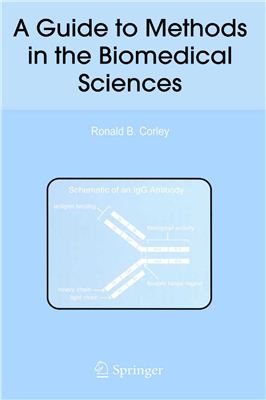Springer Science + Business Media, 2005, 125 pages
Thousands of methods have been developed in the various biomedical disciplines, and those covered in this book represent the basic, essential and most widely used methods in several different disciplines. The purpose of this book is to attempt to meet that need, filling the void
between no information and too much detail. It is intended to provide a basic description of common methodology, identify the type of information that can be obtained from a particular technique and, when appropriate, provide alteative approaches. The use of biomedical techniques is exploding in everyday life: from pregnancy and pateity testing to genetic testing for fetal development, tracing ancestry, and forensics, to new antibody based diagnostic procedures, it is hard to live in today’s society and not be touched directly or indirectly by many of the same methods that are used in a biomedical laboratory.
Thousands of methods have been developed in the various biomedical disciplines, and those covered in this book represent the basic, essential and most widely used methods in several different disciplines. The purpose of this book is to attempt to meet that need, filling the void
between no information and too much detail. It is intended to provide a basic description of common methodology, identify the type of information that can be obtained from a particular technique and, when appropriate, provide alteative approaches. The use of biomedical techniques is exploding in everyday life: from pregnancy and pateity testing to genetic testing for fetal development, tracing ancestry, and forensics, to new antibody based diagnostic procedures, it is hard to live in today’s society and not be touched directly or indirectly by many of the same methods that are used in a biomedical laboratory.

